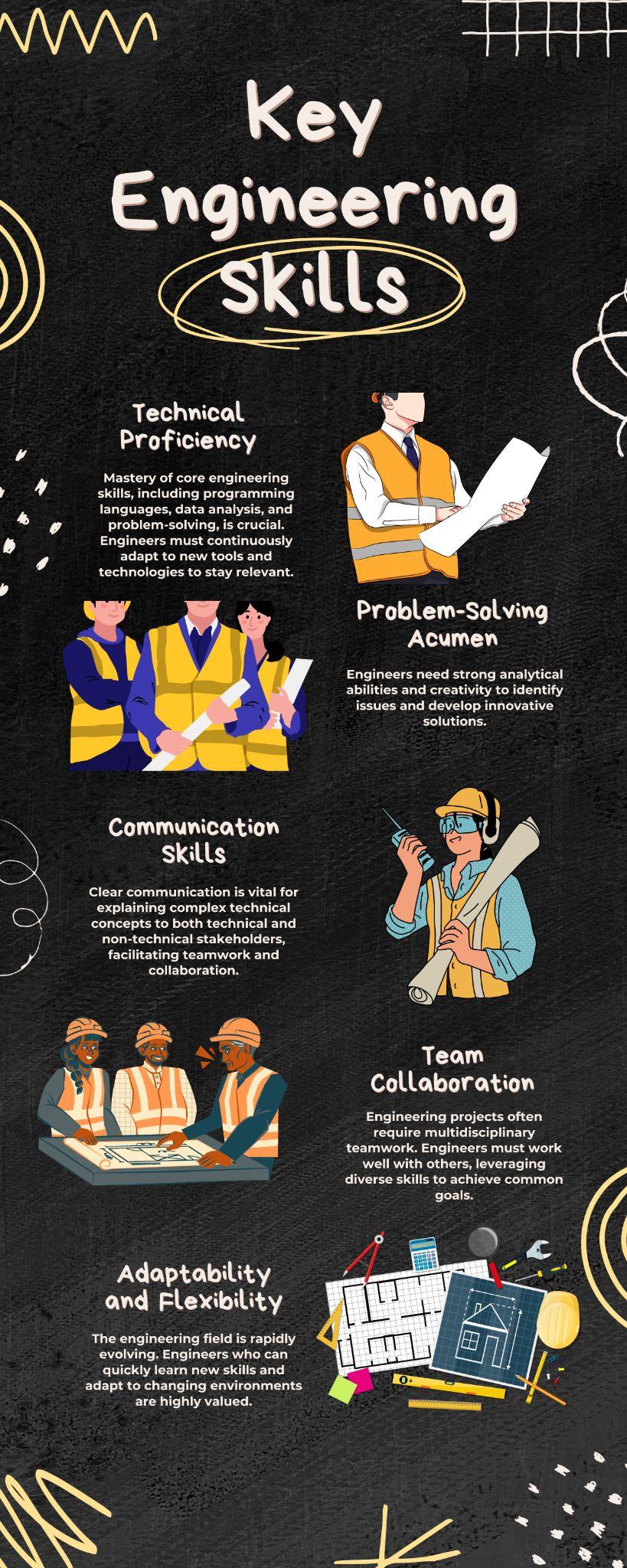Hands-on learning is becoming increasingly critical in engineering education for children, with recent trends highlighting its effectiveness in building key skills and fostering interest in STEM fields.
As of 2023, studies show that hands-on experiences in education significantly improve engagement, retention, and the practical application of theoretical knowledge. Programs focusing on active participation, such as building models, coding, and robotics, help students develop critical thinking, creativity, and problem-solving skills.
Hands-on learning has been shown to inspire more students to pursue engineering careers, addressing the growing demand for skilled professionals in this field.
By integrating these methods into early education, we are not only equipping the next generation with the tools they need for future success but also sparking a passion for engineering that can lead to innovative solutions for tomorrow’s challenges.
Taking The First Steps In Engineering
Introducing children to the world of engineering can be a rewarding endeavor that lays the foundation for their future careers.
The journey begins by understanding the various branches of engineering and recognizing which might align with a child’s interests and strengths.
We will guide you through the initial steps, starting with identifying the different types of engineers, exploring how to nurture a child’s interest, and offering practical tips on getting started.
Knowing The Kinds Of Engineers
Engineering is a diverse field with multiple disciplines, each offering unique challenges and opportunities. Familiarizing children with these various kind of engr can help them discover where their interests might lie:
- Mechanical Engineering: This branch involves the design, analysis, and manufacturing of mechanical systems. It’s ideal for those interested in how things work, from engines to robotics.
- Civil Engineering: Civil engineers focus on infrastructure, including buildings, bridges, and water systems. This field appeals to those interested in construction, design, and environmental sustainability.
- Electrical Engineering: In this field, engineers work on electrical systems, ranging from small circuits to large power networks. It suits those fascinated by electronics, gadgets, and renewable energy.
- Chemical Engineering: Combining chemistry with engineering principles, chemical engineers work on processes that convert raw materials into valuable products. This field is perfect for those who enjoy chemistry and want to apply it practically.
- Software Engineering: This rapidly growing field involves designing and developing software systems. It’s ideal for kids interested in computers, coding, and technology.
Nurturing A Child’s Interest In Engineering
Once a child has shown interest in engineering, it’s very important to nurture that curiosity:
- Engage In Hands-On Activities: Encouraging participation in hands-on projects, such as building simple machines, programming basic robots, or creating models, can be a powerful way to deepen their interest.
- Educational Toys And Kits: Tools like LEGO Mindstorms, Snap Circuits, and other STEM kits provide fun and educational ways to explore engineering concepts at home.
- Visit Engineering Sites: Taking trips to science museums, engineering exhibits, or even construction sites can offer real-world examples of engineering in action, making the subject more tangible and exciting.
- Encourage Problem-Solving: Engineering is about solving problems. Challenge your child with puzzles, building challenges, or simple coding tasks to develop their problem-solving skills.
Practical Tips To Get Started
Starting a journey in engineering doesn’t require a formal setting; there are many ways to begin at home:
- Use Online Resources: Websites and online platforms offer free resources, tutorials, and projects that can introduce children to basic engineering concepts.
- Join Clubs Or Programs: Look for local clubs or after-school programs focused on STEM. Organizations like FIRST Robotics and others provide structured environments where children can collaborate and learn with peers.
- Mentorship And Networking: If possible, connect with engineers or educators who can provide guidance and mentorship. This can be especially helpful for older children considering engineering as a career.
- Experiment And Explore: Allowing children to experiment with different materials and tools can lead to discoveries that fuel their passion for engineering. Encouraging them to ask questions, explore how things work, and try to solve everyday problems can lay a strong foundation for their future studies.
Photo by Markus Spiske on Unsplash
The Importance Of Hands-On Experience For Kids In Engineering
Hands-on experience is a vital component of engineering education for children, offering more than just a break from traditional learning methods.
This approach engages multiple senses and allows students to apply theoretical knowledge in a practical context, fostering a deeper understanding and a lasting interest in STEM fields.
This section explores why hands-on experience is vital for young learners, how it enhances their skills, and the long-term benefits it offers.
Enhancing Engagement And Retention
Hands-on learning in engineering significantly boosts student engagement. When children are actively involved in building, experimenting, and problem-solving, they are more likely to stay interested and motivated.
This method transforms abstract concepts into tangible experiences, making it easier for students to grasp complex ideas. Research has shown that students who engage in hands-on activities retain information more effectively and develop a stronger foundation in STEM subjects.
By actively participating in their learning, students are more likely to internalize the material, leading to improved academic outcomes.
Developing Critical Skills
The practical nature of hands-on learning fosters critical thinking and problem-solving skills. When children are faced with real-world engineering challenges, they learn to navigate obstacles and come up with innovative solutions.
This experiential approach not only teaches technical skills but also promotes resilience, adaptability, and creativity—qualities that are key for success in any engineering career.
Working on hands-on projects often involves teamwork and communication, further enhancing students’ soft skills, which are highly valued in the workforce.
Preparing For Future Careers
Hands-on experience prepares students for future careers by bridging the gap between theory and practice. In engineering, the ability to apply knowledge in practical scenarios is necessary, and hands-on learning provides the perfect environment for this application.
Students who engage in hands-on activities are better equipped to tackle real-world problems, making them more attractive to future employers.
Early exposure to hands-on engineering projects can inspire a lifelong interest in STEM fields, potentially guiding students toward fulfilling and lucrative careers in engineering.
Endnote
Incorporating hands-on learning in engineering education for children not only prepares them for future careers but also cultivates a passion for innovation and problem-solving.
The collaborative nature of hands-on projects fosters teamwork and communication skills, which are pivotal in today’s interconnected world.
As educational methods continue to evolve, hands-on learning will remain a cornerstone in developing the engineers of tomorrow, ensuring they are well-equipped to meet the challenges of an increasingly complex and technological society.











